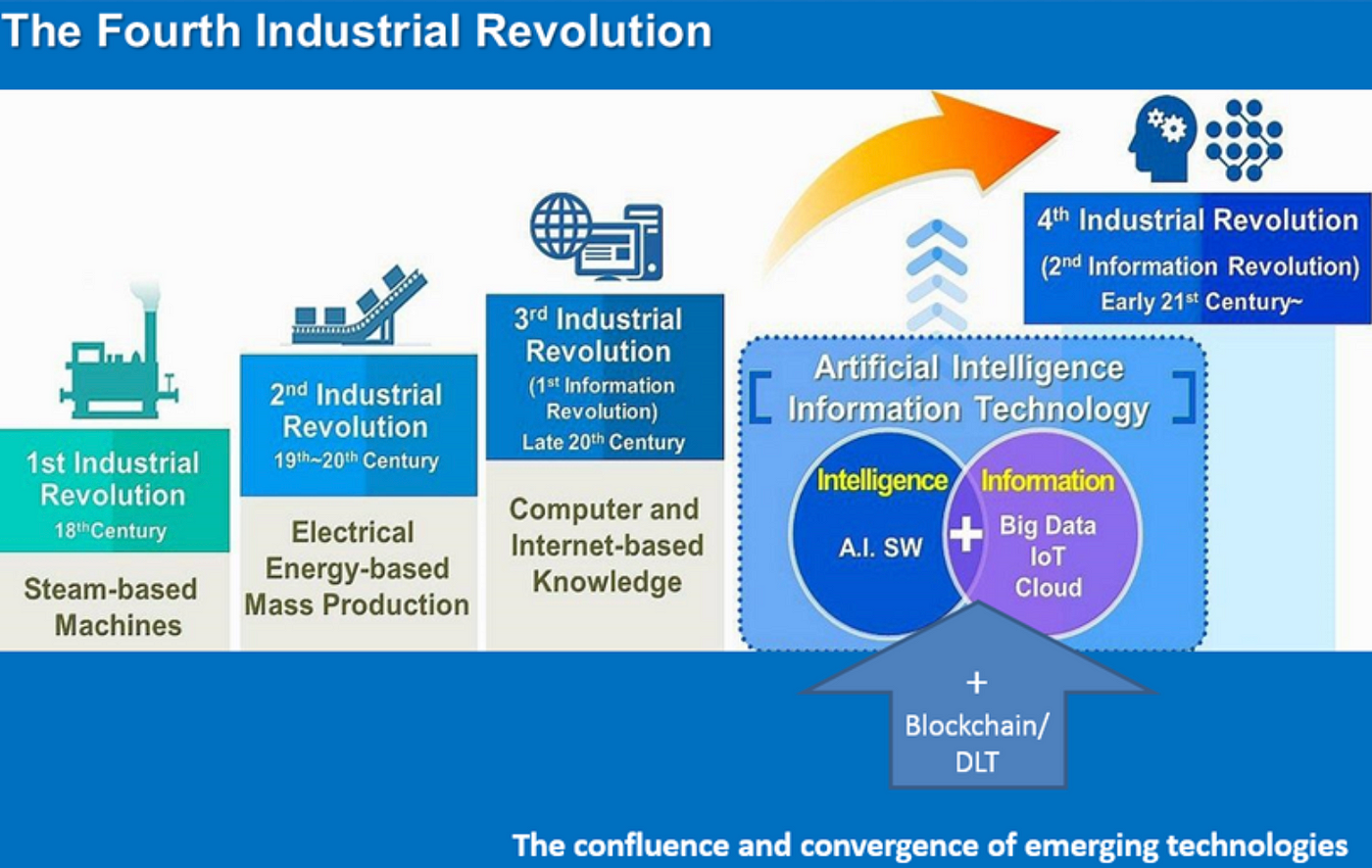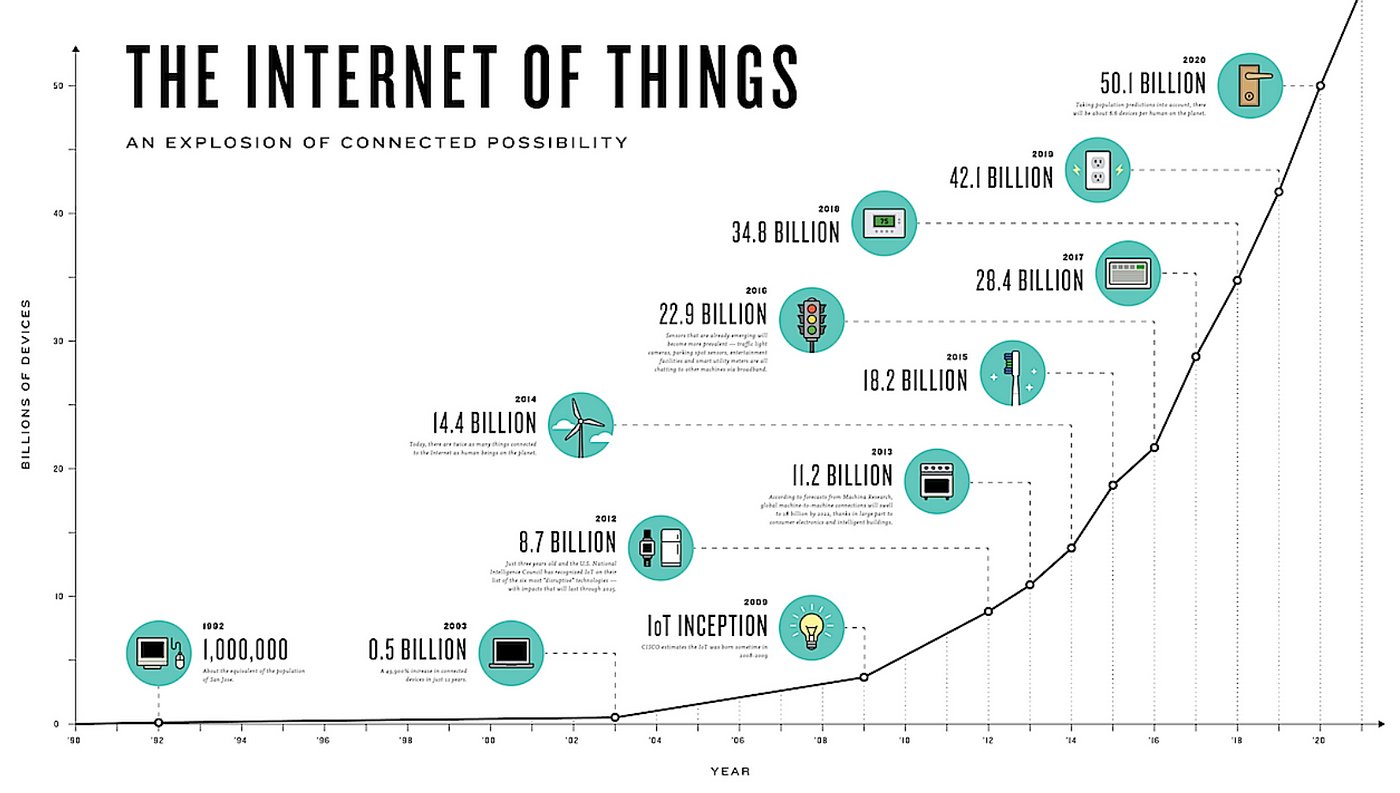Nov
2021
education podcasts
https://bryanalexander.org/podcasts/podcasts-im-listening-to-in-november-2021/
++++++++++++++++
More on podcasts in this blog
https://blog.stcloudstate.edu/ims?s=Podcasts
Digital Literacy for St. Cloud State University
https://bryanalexander.org/podcasts/podcasts-im-listening-to-in-november-2021/
++++++++++++++++
More on podcasts in this blog
https://blog.stcloudstate.edu/ims?s=Podcasts
Coursera is blurring the lines between itself and institutions. The implications for the future of college education are profound.
The future of higher education is being led by a publicly traded company in California that is growing like gangbusters. Its online platform has a portfolio of thousands of courses from the world’s leading universities, corporations, and nonprofits.
Coursera, which since the spring has been listed on the New York Stock Exchange, is valued at 7 billion dollars and seems to be making all the right moves.
While college and university enrollments have been declining during the pandemic, Coursera’s enrollment rose from 53 million to 78 million students this spring—an increase greater than total U.S. higher education enrollment.
Coursera is only the tip of the iceberg of an explosion of non-collegiate higher education providers. They range from libraries and museums to media companies and software makers, not to mention a burgeoning number of online providers just like Coursera. Microsoft and Google are both offering more than 75 certificate programs.
As our society becomes more fragmented and divided, we have reason to worry that higher education’s transformation will further fragment us.
Equally important, we need to reintroduce a common curriculum to strengthen social bonds. General education should focus on the shared human experience—linking our past with our present and future, our heritage with the realities that will confront us today and tomorrow.
In the new Coursera world that will be increasingly corporatized, we need to ensure that we don’t lose our core values, our ethics, and our ability to tell fact from fiction.
++++++++++++++++++++++
more on Coursera in this blog
https://blog.stcloudstate.edu/ims?s=coursera


+++++++++++++++++++++++++++++++++
https://www.weforum.org/projects/learning-4-0
Based on the framework developed in Schools of the Future: Defining New Models of Education for the Fourth Industrial Revolution, the Education 4.0 initiative aims to better prepare the next generation of talent through primary and secondary education transformation. The initiative will drive impact through four interconnected interventions:
+++++++++++++
more on education 3.0 and 2.0
https://blog.stcloudstate.edu/ims/2014/03/16/education-2-0-vs-education-3-0/
In a business context, upskilling refers to how we teach employees new skills. When we talk about upskilling at All Campus, we’re thinking about the bigger picture. On a large scale, upskilling refers to students and employees putting heightened emphasis on rapid career and practical skill development.
Just as online learning made it possible to go to school from anywhere, the growing market for graduate, non-credit and professional certificate programs will push flexibility even further.
For students, shorter non-credit courses and certificate programs provide more opportunities to develop skills and advance their knowledge in smaller blocks of time and lower cost.
According to Strada Education, 65% of the U.S. workforce does not have a four-year degree and, as more people question the value of degree programs in general, micro-credentials and other alternative education options are bound to generate long-term momentum.
+++++++++++++
more on upskilling in this blog
https://blog.stcloudstate.edu/ims?s=upskilling
Zoom, Teams, Skype, and FaceTime all became daily fixtures, and many of us quickly became fatigued by seeing our colleagues, students and far-away loved ones almost exclusively in 2D. Most video conferencing solutions were not designed to be online classrooms. what is missing from the current video platforms that could improve online teaching: tools to better facilitate student interactions, including enhanced polling and quizzing features, group work tools, and more.
While universities continue to increase in-person and HyFlex courses, hoping to soon see campuses return to normalcy, there is mounting evidence that the increased interest in digital tools for teaching and learning will persist even after the pandemic.
We should move beyond 2D solutions and take advantage of what extended reality (XR) and virtual reality (VR) have to offer us.
Professor Courtney Cogburn created the 1,000 Cut Journey, an immersive VR research project that allows participants to embody an avatar that experiences various forms of racism. Professor Shantanu Lal has implemented VR headsets for pediatric dentistry patients who become anxious during procedures. At Columbia Engineering, professor Steven Feiner’s Computer Graphics and User Interfaces Lab explores the design and development of 2D and 3D user interfaces for a broad range of applications and devices. Professor Letty Moss-Salentijn is working with Feiner’s lab to create dental training simulations to guide dental students through the process of nerve block injection. Faculty, students and staff at Columbia’s Media Center for Art History have created hundreds of virtual reality panoramas of archaeology projects and fieldwork that are available on the Art Atlas platform.
In spring 2020, a group of Columbia students began to build “LionCraft,” a recreation of Columbia’s Morningside campus in Minecraft. Even though students were spread out around the world, they still found creative and fun ways to run into each other on campus, in an immersive online format.
https://podcasts.apple.com/us/podcast/episode-14-kristine-collins/id1575912479?i=1000537930512
++++++++++++++
more on microcredentials in this blog
https://blog.stcloudstate.edu/ims?s=microcredential
++++++++++++++++++
https://academicpartnerships.uta.edu/articles/healthcare/pros-cons-competencybased-learning.aspx
The Glossary of Education Reform, “Competency-based learning refers to systems of instruction, assessment, grading, and academic reporting that are based on students demonstrating that they have learned the knowledge and skills they are expected to learn as they progress though their education.”
The benefits, or drawbacks, of competency-based learning (CBL) — also known as competency-based education, mastery-based education, performance-based education, standards-based education and proficiency-based education — are up for debate. Regardless, there are an increasing number of these types of programs, particularly in for-profit colleges.
++++++++++++++++++++++
Problem-based learning is a category of experiential learning that involves students in the process of critical thinking to examine problems that lack a well-defined answer. In problem-based learning, students are given a problem with only preliminary information. They work towards solving the problems themselves, rather than reviewing how others have resolved the situation or problem as in a case study. They do not produce a product as in project-based learning, and students are not necessarily working in the community unless they are gathering data.
Problem-based learning fosters students’ metacognitive skills. They must be consciously aware of what they already know about an area of discovery as well as what they do not know.
Project-based learning is a category of experiential learning where students are presented with a complex problem or question that has multiple potential solutions and possibilities for exploration. However, after studying this problem or question in their teams, students are challenged to develop a plan and create a product or artifact that addresses the problem.
an understanding of how to harness the emotional appeal of e-learning tools is a central issue for learning and instruction, since research shows that initial situ-ational interest can be a first step in promoting learning
several educational theories that describe the affective, emotional, and motivational factors that play a role in multimedia learning which are relevant for understanding the role of immersion in VR learning environments.
the cognitive-affective theory of learning with media (Moreno and
Mayer 2007),
and
the integrated cognitive affective model of learning with multimedia
(ICALM; Plass and Kaplan 2016)
control-value theory of achievement emotion CVTAE
https://psycnet.apa.org/record/2014-09239-007
Presence, intrinsic motivation, enjoyment, and control and active learning are the affective factors used in this study. defintions
The sample consisted of 104 students (39 females and 65 males; average age =23.8 years)
from a large European university.
immersive VR (Samsung Gear VR with Samsung Galaxy S6) and
the desktop VR version of a virtual laboratory simulation (on a standard computer). The
participants were randomly assigned to two groups: the first used the immersive VR
followed by the desktop VR version, and the second used the two platforms in the opposite
sequence.
The VR learning simulation used in this experiment was developed by the company Labster and designed to facilitate learning within the field of biology at a university level. The VR simulation was based on a realistic murder case in which the participants were required to investigate a crime scene, collect blood samples and perform DNA analysis in a high-tech laboratory in order to identify and implicate the murderer
we conclude that the emotional value of the immersive VR version of the learning simulation is significantly greater than the desktop VR version. This is a major empirical contribution of this study.